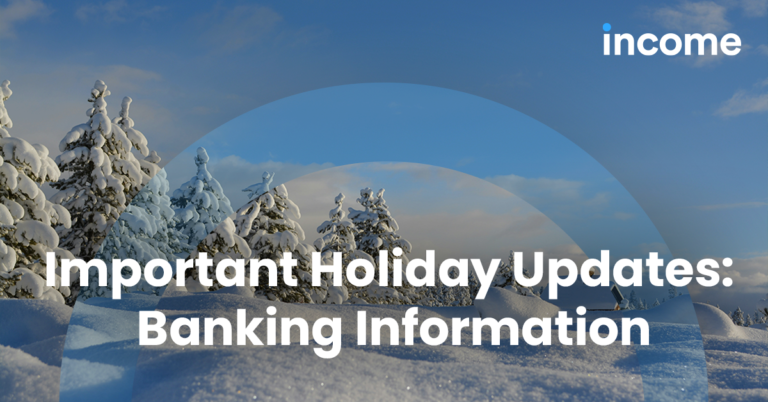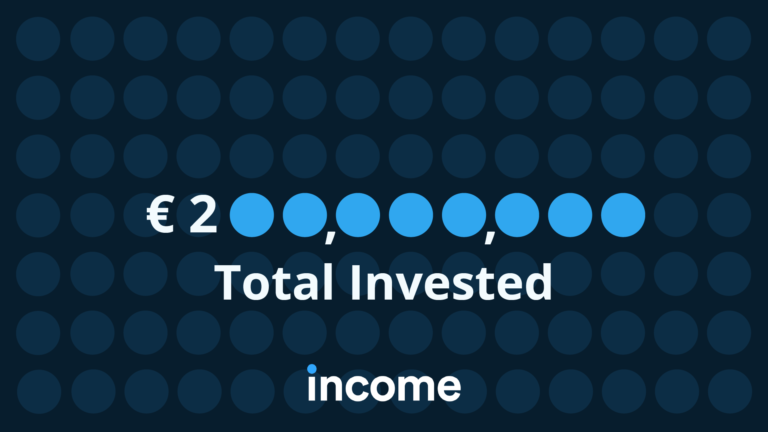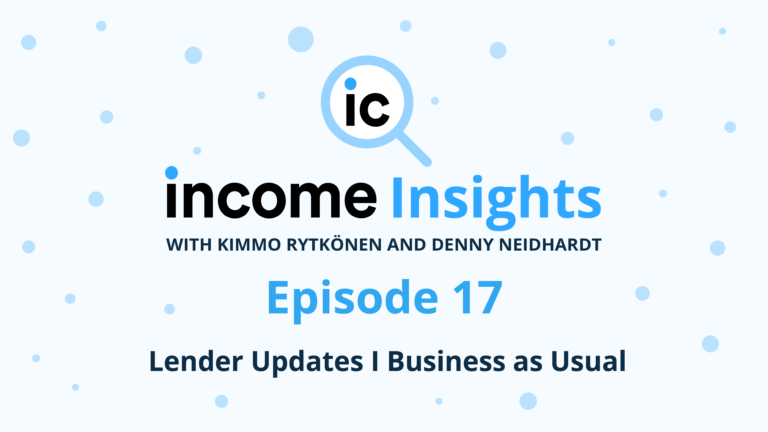There are so many P2P platforms offering a high yield income when investing in loans, that regular investors can get confused when it comes to choosing the best low risk/high income P2P platform . I am often asked about how safe is P2P lending, and there is no simple answer as it depends on the P2P platform the investor chooses, and on the loan companies they decide to invest in. Blindly diversifying your P2P investments to as many platforms and loan originators possible will not give you the best results.
I´ll start by explaining the business models of three different types of platforms.
1) Platforms that originate the loans themselves.
These are traditional P2P platforms such as “Fellow Finance” and “Bondora”. They originate the loans themselves and investors fund the loans through their own platforms.
2) Platforms that operate mostly, often exclusively, with loan companies related to the platform through shareholding or otherwise. In this case, the P2P platform is a separate entity that only co-operates with related loan companies. Examples include platforms such as Monestro, Peerberry, IUVO, Robocash, and Esketit. In this business model the P2P platform handles the listing of loans of the related loan companies and handles the investments side, while the related loan companies originate the loans to borrowers and service the loans.
3) Platforms that operate mainly, sometimes exclusively, with 3rd party loan originators. Examples include platforms like Income marketplace and Mintos.
All P2P platforms claim to provide a safe steady passive income with a promise of financial freedom. The main types of different security elements advertised by different platforms are:
Buyback Obligation
Buyback obligation (also known as a “buyback guarantee”) is the contractual obligation of a loan originator to buy back the investment (loan) from the investors at the nominal value plus accrued interest in case the loan is more than 60 days late. This feature is pretty much standard on all platforms and protects the investor against borrower defaults efficiently. It does not protect against Loan Originator defaults.
Voluntary Share
Some platforms such as Monestro have created a monetary reserve to reimburse investors through a reserve fund which receives monthly contributions to the fund. The coverage is usually limited and the platforms do not guarantee recovery of the investors’ investment in full or in part. Depending on the specific terms of each platform, a voluntary reserve may protect fully or partially against LO default.
Skin-in-the-game
The skin-in-the game feature can be found on most modern marketplaces, and it acts as an alignment tool to ensure that the Loan Originator and investors are aligned. The assumption is that if a Loan Originator holds e.g. 10% of a loan, then it is incentivized to issue only good loans, thus also acting in the interest of the investors; otherwise they will lose their share at the same proportion as the investors holding 90%, if the Loan Originator is unable to honour the buyback guarantee or defaults.
In case of default, both 10% (skin) and 90% (external investors) have an equal likelihood of recovery and loss in the mentioned proportions. As you can see, this does not protect against Loan Originator defaults.
Junior Share (Exclusive to Income marketplace)
In finance, junior debt refers to debt that has a lower priority for repayment than more senior debt claims in the case of default. This means that in the case of default, the junior debt holders are satisfied only after senior debt holders are fully repaid, thus absorbing a majority of the losses. The part of a loan which is un-investable by investors and held by the Loan Originator is called the “Junior Share” on Income marketplace. It´s called Junior, because if the LO defaults, the share is junior to the investors part.
In Peer-to-Peer loan terms, the Junior Share acts as security in case of Loan Originator default.
If a Loan Originator has a 10% Junior Share in a loan, then in the case of default this 10% acts in the favour of the 90% of the investor share. The investor´s 90% is paid back first and only then the Loan Originator receives its share; if there is something left over after investors have been fully paid.
In the case of default, the 90% has a higher likelihood of recovering funds, and the 10% has a higher chance of losing. The Junior Share protects the investors in the event of Loan Originator defaults.
Cashflow Buffer <Exclusive to Income marketplace>
A Cashflow Buffer is the amount of cash coming in from the portfolio of loans that the investors have invested in + the amount of Junior Share that is needed to cover investor claims 1:1 in case of LO default. In case the LO on Income marketplace defaults, Income will collect money back from the portfolio for our investors. All the profit from the portfolio as a whole as well as the Junior Share will be first used to pay investor principal and interest. Only when the investors have been fully repaid 1:1 are the remaining amounts then transferred to the Loan Originator.
For example:
If 1000 loans originated by Loan Originator X have been invested in by investors on Income marketplace and the Loan Originator defaults, those 1000 loans are taken over by Income and we start collection on behalf of our investors. For this purpose Income has existing agreements with local collection companies.
The loans where the end borrower pays back on time are naturally covered by borrower repayments. The loans where the borrower does not repay are covered from the Cashflow Buffer (as there is no longer a working “buyback guarantee” due to LO default).
So if there are 1000 loans out of which 800 perform normally and 200 do not perform, the Junior Share and excess earnings from all 1000 loans are used to cover the 200 non-performing loans as per the original schedule. This way everyone gets their investment back in a simple and fair way.
Transparency
Transparency means that the platform openly discloses their board members, statistics, and affiliations to Loan Originators. This is just as important as the other features, as you need to know who is responsible for your investment and what conflicts of interest may exist.
How to choose the best P2P platform(s) to invest on
The platform you choose is essentially a) the one deciding which investment options are good enough to be made available for investment. It is also b) the one who is guarding your money during the investment. You are trusting the platform to do their work well on both cases, so it is very important to choose the right platform(s) and only invest in those you find worthy of handling your money.
Remember, in P2P investing, protecting your capital is the best way to earn consistently high returns.
Possible red flags when choosing a platform?
In addition to the lack of sufficient security features, the main risk to look out for when choosing a platform is a conflict of interest. The conflict of interest in P2P platforms can materialize in both important functions of the platform mentioned above; it may list weaker assets for investment than an independent platform would as there is no 3rd party “auditor” of the assets (a). If there is a default of one of the related loan originators, it may not be able to act independently of the interests of the Loan Originators to protect the investor. You could think of a conflict of interest in this way: if you loaned money to a stranger and then expected the stranger to act in your interest in collecting the debt when they became unemployed and could not repay you on time. This is a typical situation when you as the investor are not the priority.
On the positive side, platforms that service-related Loan Originators, or originate loans themselves, generally know the related loan business well and the quality of their assets, so as long as they operate transparently and the management has high ethical standards, this can also be a strength. Transparency, management track record, business partners of the platform, and management are the things to pay attention to.
To summarize, the platform is the guardian of your money in good and bad times, and should be chosen carefully, the decision should not be made only thinking about the good times (e.g., promised high interest rates).
Now that we know more about how to choose the P2P platform(s) to invest on, we should choose the Loan Originator whose loans we are investing in. Read more about choosing the Loan Originators and why diversification alone is not the best strategy.




